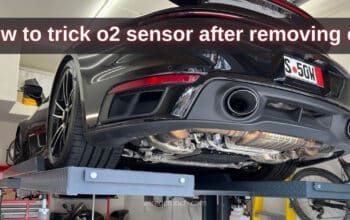Learn how to replace NOx sensor with our comprehensive guide. Discover the costs involved and get tips for a smooth replacement process to keep your vehicle’s emissions system in top shape. The NOx sensor is a crucial part of the emission reduction system in modern vehicles. It plays a vital role in monitoring and controlling the nitrogen oxide levels emitted by your car, ensuring compliance with environmental regulations, and maintaining optimal engine performance. However, like any component, the NOx sensor can become faulty or damaged over time, necessitating a replacement.
From my personal experience, dealing with a malfunctioning NOx sensor can be quite challenging. The warning light on your dashboard might come on, and you may notice a decrease in your vehicle’s performance. Knowing the costs involved in replacing a NOx sensor and understanding the replacement process can save you time and money, and keep your car running smoothly.
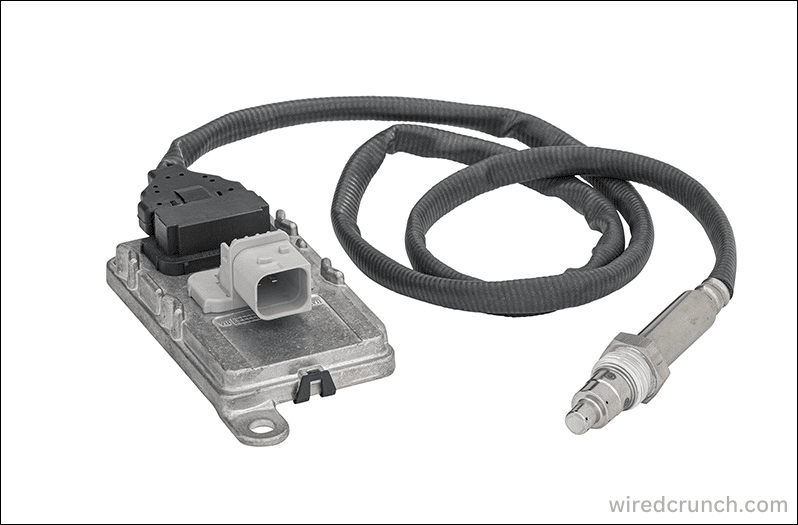
This guide explains How much to replace nox sensor, outlines the costs involved, and provides useful tips to ensure the replacement process is as smooth as possible. Whether you’re a DIY enthusiast or prefer professional help, this comprehensive guide will help you navigate the intricacies of NOx sensor replacement.
Table of Contents
Understanding the NOx Sensor
A NOx (Nitrogen Oxides) sensor is installed in diesel engines to measure the levels of nitrogen oxides produced. This sensor ensures that these harmful emissions stay within legal limits by activating the selective catalytic reduction (SCR) system, which reduces the nitrogen oxides released from the exhaust.
If you need to replace NOx sensor, it’s important to do so promptly because a failing sensor can trigger the onboard computer to activate Limp Home mode or even prevent the engine from starting. Manufacturers often prevent their models’ engines from starting if they cannot fulfill emission requirements.
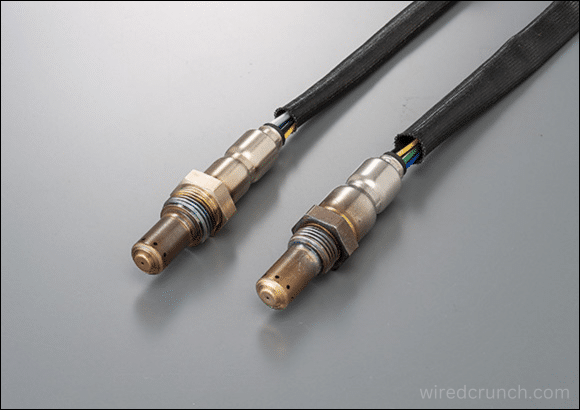
What is the function of a NOx sensor
NOx is the chemical term given to the nitrogen oxides that cause air pollution, including nitric oxide (NO) and nitrogen dioxide (NO2). During the combustion cycle of diesel engines, harmful NOx is created and expelled out of the exhaust. The NOx sensor is an integral component of the Selective Catalytic Reduction (SCR) system, located ahead of the catalytic converter. It monitors the levels of these harmful gases being produced.
This information is then fed back to the SCR system to fine-tune the addition of fluids, like AdBlue, injected into the system to reduce emissions. If you need to replace NOx sensor, it’s crucial to do so because a failing sensor can affect the entire emission control process.

A similar use of a NOx sensor is found in petrol engines to alter the fuel/air ratio and reduce emissions in combination with the readings from the O2 (or Lambda) sensor.
What Happens if a NOx sensor fails
In most cases, the engine light will come on, and the vehicle’s performance will be limited to ‘limp home mode’ until the fault is fixed. Sometimes, it may also prevent the engine from restarting.
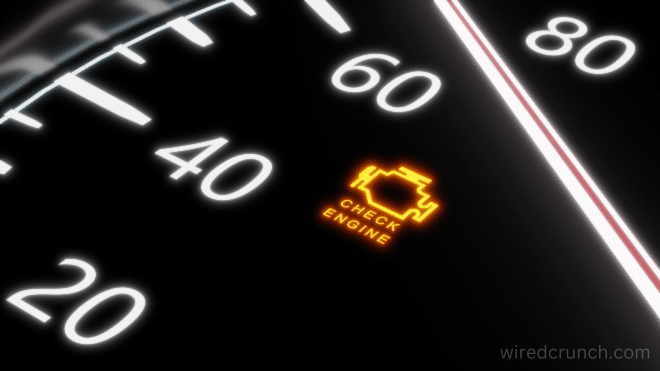
What to do if a NOx sensor fails
If a vehicle is affected by a failing NOx sensor, you might notice some symptoms such as:
- Check the engine light on
- Engine not starting
- Increased exhaust emissions
If a NOx sensor fails, it can cause several symptoms due to inaccurate or missing readings about the nitrogen oxide levels in the exhaust. These symptoms might include the check engine light turning on, the engine not starting, and increased exhaust emissions.
This happens because the SCR system might overcompensate with the amount of AdBlue, potentially causing ammonia to slip. If these problems occur, it’s very important to repair or replace the faulty sensor as soon as possible. For more information, read our guide on what causes NOx sensors to fail and what to do if a NOx sensor fails.
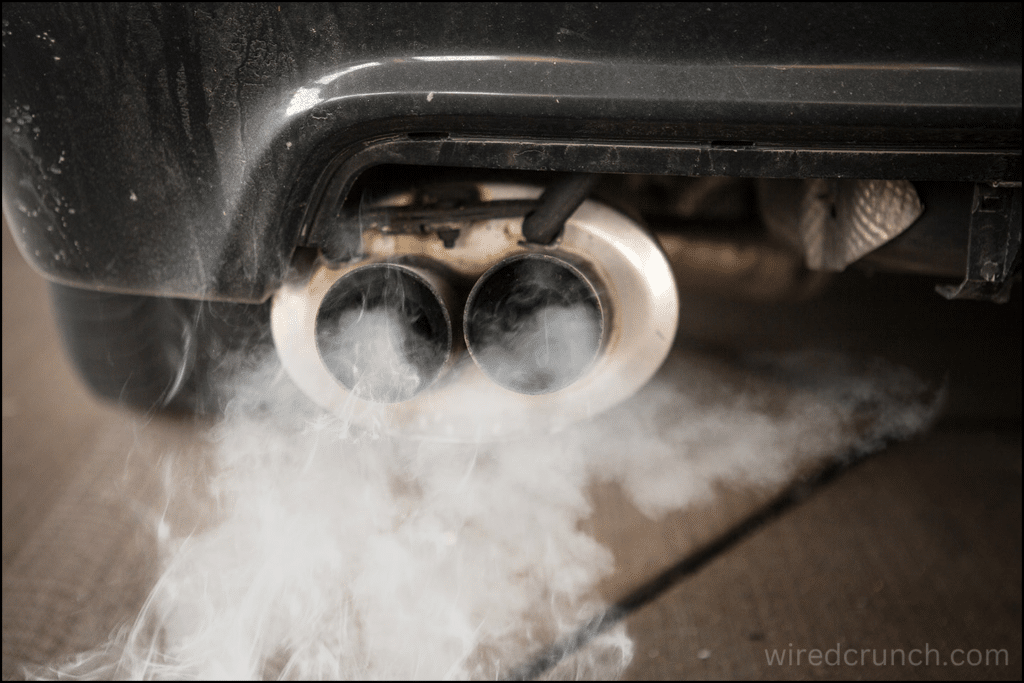
How much to replace nox sensor
The cost of replacing a NOx (nitrogen oxide) sensor can vary depending on several factors such as the make and model of the vehicle, the location where the repair is being done, and whether you are going to a dealership or an independent mechanic.
Step-by-Step Guide to Replace Nox Sensor
Learn how to replace nox sensor with this step-by-step guide.

Locate the faulty NOx sensor
The NOx sensor can be found in different locations depending on the engine, but it is usually located after the SCR catalyst. This positioning allows the SCR controller to verify that NOx levels have decreased to the correct amounts. Some vehicles have sensors both before and after the SCR catalyst, although having just one sensor is more common.
Remove the sensor and module
Carefully remove the two distinct components the sensor and the module from their housings. You might need to remove other fixtures or fairings that are in the way. Disconnect the electrical connector to fully separate the parts from the car.
Install the new sensor
First, clean the threads within the exhaust port to ensure a smoother installation of the replacement NOx sensor. Use an M20 x 1.5 HexTap or thread chaser tool for this task. Thread in the sensor, which can mostly be done by hand, but be sure to check the manufacturer’s specifications for the final torque.
Install the new module
Now, install the new module component back into place, usually in the same area where other sensor modules are held. Ensure you have enough space to work by removing cable mounts from other leads and pulling them back as needed.
Reconnect the electrical connection
Securely reattach the electrical connection for the NOx sensor and any others you may have disconnected to create space. Tie up the cables neatly to ensure they don’t touch each other or themselves.
Check for error codes
Use your OBD system to check for any error codes. Replacing the NOx sensor may have triggered various codes, so ensure they don’t reappear and clear any remaining ones if necessary.
Run relearn procedures and check fuel trim
After installing, clear any error codes and use the diagnostic tool to see if NOx sensor calibration is needed. If so, run the calibration routine. Print or save the calibration certificate for your records and provide it to the customer.
Conclusion
knowing how to replace a NOx sensor is essential for maintaining your vehicle’s performance and compliance with emission standards. By following the steps to properly locate, remove, and install the sensor and module, you can ensure your vehicle runs efficiently and reduces harmful emissions. Regularly checking for error codes and running necessary calibration procedures will help keep your engine in top shape.
Frequently Asked Questions (FAQs)
Is a NOx sensor easy to replace?
A NOx sensor replacement is a complex task.
How long do NOx sensors last?
How Long Does a NOx Sensor Last? The life span of a NOx sensor is typically between 100,000 to 150,000 miles with engine operating conditions having an impact on longevity.
Can I still drive with a faulty NOx sensor?
For technical reasons, a vehicle with a damaged NOx sensor will still be drivable. However, driving a car with this type of failure has many potential risks that can affect safety, vehicle performance, and legal compliance.
What is the code for a faulty NOx sensor?
OBD error codes ranging from P2200 to P2225 are the codes commonly associated with a NOx sensor fault. A NOx sensor error in Bank 1 is usually P2202. In Bank 2, it might be a P2213.
Why are NOx sensors so expensive?
The NOx sensor is a very complicated component and can be expensive to replace. However, it’s often not the sensor that is causing the problem but the lambda probe inside the exhaust which tests the NOx levels which have malfunctioned, and this is something that can easily be replaced.
READ MORE :
How Long Can You Drive With a Bad Crankshaft Sensor
I have a professional background with a Diploma in Information Communication Technology, which brings a blend of technical expertise and creative flair to my writing. Currently, I serve as a writer for Creativeoutrank LLC and contribute to their various websites.
I’m writing is a ref... Read more



